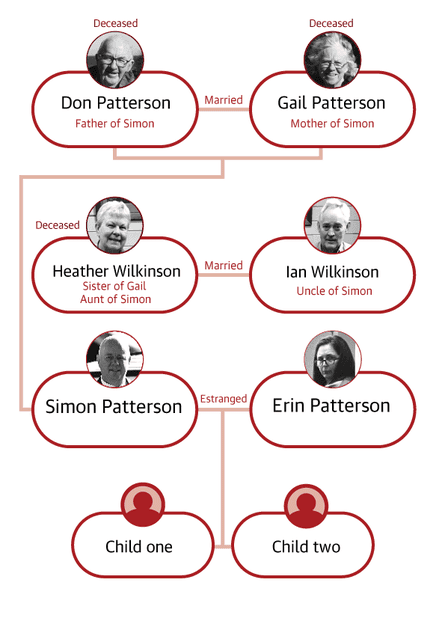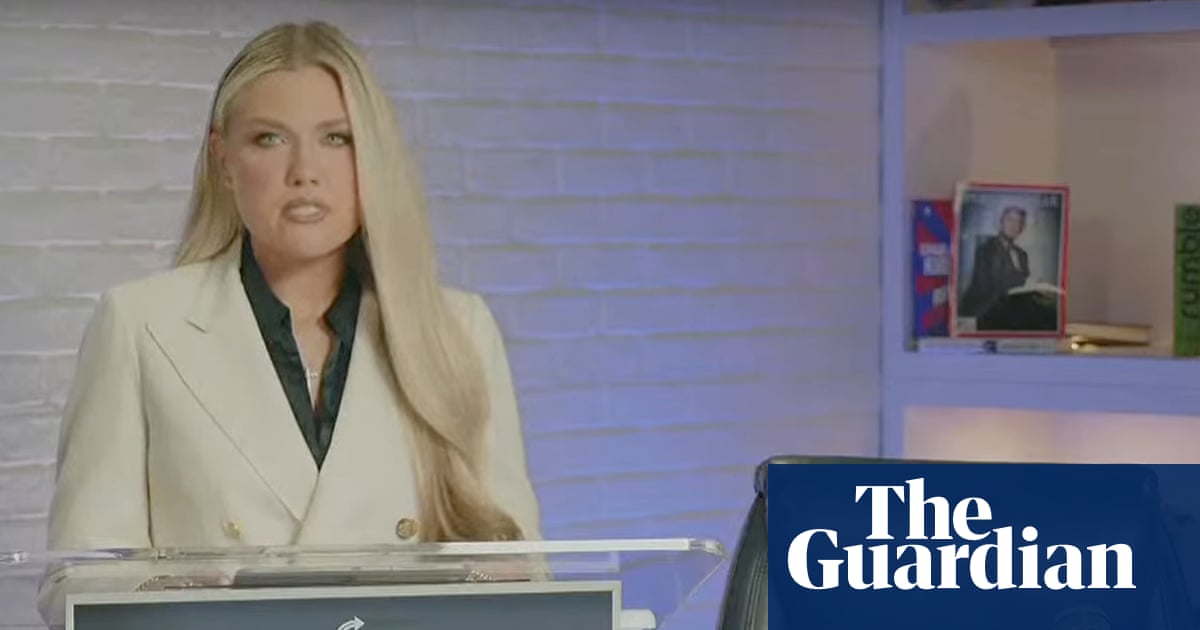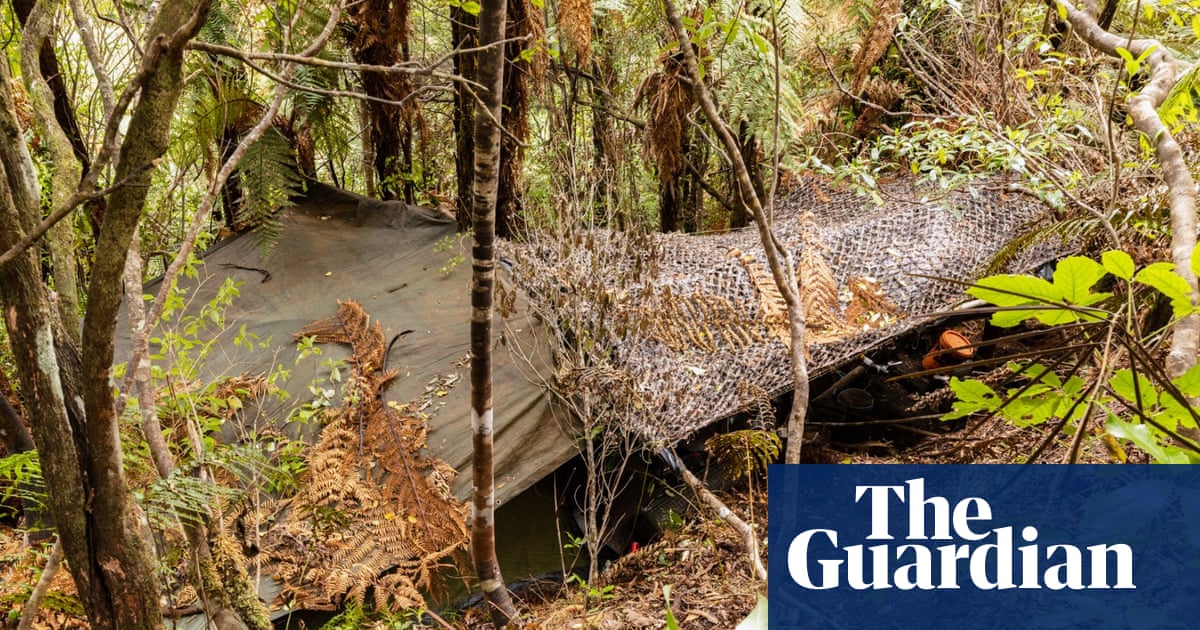Four calculated deceptions are at the heart of Erin Patterson’s triple-murder case, the prosecution has claimed in its closing address to the jury, including a lie about cancer the accused hoped would “die with” her lunch guests.
On Monday, Nanette Rogers SC spent day 32 of the trial closing the prosecution case, outlining these four deceptions: Patterson’s fabricated cancer claim; the “lethal doses” of death cap mushrooms “secreted” in home-cooked beef wellingtons; Patterson’s attempts to make it seem she also suffered death cap mushroom poisoning; and the “sustained cover-up she embarked upon to conceal the truth”.
Rogers said the second of these, regarding the lunch, was “the critical deception that the prosecution alleges against her”.
Patterson, 50, is charged with three counts of murder and one of attempted murder over the alleged poisoning of four lunch guests with beef wellingtons served at her house in Leongatha on 29 July 2023.
Patterson has pleaded not guilty to murdering the relatives of her estranged husband, Simon Patterson – his parents, Don and Gail Patterson, and aunt, Heather Wilkinson – and attempting to murder his uncle, Ian Wilkinson, Heather’s husband.
She has told the jury she accepts death cap mushrooms were in the meal, but says they were included accidentally, and that she had no reason to harm her guests.
Rogers started her address by telling the jury Patterson had complete control over the lunch, from inviting the guests, buying the ingredients, and preparing the food.
Rogers said that Patterson deliberately made individual beef wellingtons, rather than the single larger dish that the recipe she used called for, so that Patterson could have even greater control over what she and her guests ate.
“It is a control she exercised, the prosecution says, with devastating effect,” Rogers said.
The prosecutor then outlined the four deceptions, before working gradually through each one in finer detail.
Rogers said that understanding the deceptions would allow the jury to “safely reject any reasonable possibility that this was a terrible accident”.
The cancer deception, Rogers said, was created by Patterson to provide a reason for an otherwise unusual lunch invitation.
Daughters of the Pattersons and the Wilkinsons, and Simon and Ian, all gave evidence that the invitation was unusual, Rogers said.
She said texts between Patterson and Don and Gail showed “baldfaced lies” about medical tests regarding a lump on her elbow and demonstrated that Patterson had “planted the seed of this [cancer] lie well in advance”.
“We know that this was all a fabrication,” Rogers said.
“There was no needle biopsy, there was no lump, and there was no MRI.”
Rogers referred the jury to evidence taken from Patterson’s devices that showed webpages about cancer, and said she “knew how to tell convincing lies … because she had put in the research”.
But Rogers also said that Patterson never thought she would have to account for her lie because she intended to kill her lunch guests.
“Her lie would die with them,” Rogers said.

Rogers said the jury should also reject evidence given by Patterson that these online searches were due to her paranoia about her health.
“These were calculated deliberate lies told by the accused to manufacture a reason for the lunch.”
Of the “critical” deception, the poisoned beef wellingtons served at the lunch, Rogers said there was no direct evidence as to where Patterson sourced the death cap mushrooms.
But she told the jury it could be inferred they were gathered from Outtrim or Loch, two towns close to Patterson’s home where death cap mushrooms were reported on the citizen science website iNaturalist in the months before the lunch.
after newsletter promotion
Rogers said Patterson was familiar with the site, given information found on devices seized by police, and her phone data suggested she travelled to the locations in April and May after the posts about death cap mushrooms were published online.
She said the jury should question why Patterson decided to cook individual beef wellingtons, and why she decided to use dried mushrooms when she had more than enough from the supermarket, as her shopping records suggested.
“Why deviate so significantly from an unfamiliar recipe for a special lunch,” Rogers said.
Similarly, Rogers said to the jury why would Patterson accidentally add dried death cap mushrooms to the dish, as she said in her evidence that she may have done, when they had heard other evidence about how unpleasant dried death cap mushrooms smelt.
Dr Tom May, an internationally renowned mushroom expert, who also made the iNaturalist observation about death cap mushrooms growing in Outtrim, told the court earlier in the trial that he had previously dried death caps, and disliked the smell.
“It just doesn’t make sense that someone would add something that smelled very unpleasant into a special meal,” Rogers said.
Rogers described Ian Wilkinson as a reliable witness, and said the jury could “comfortably accept” what he told them about the lunch. Ian has been in court for most days of the trial, after completing his evidence in May.
Rogers said that the evidence showed Patterson had the knowledge to locate death cap mushrooms, the opportunity to have sourced them soon before the lunch, and the knowledge and skill to blitz them and hide them in food.
The use of separate plates, as referred to in Ian’s evidence, and in evidence Simon gave about conversations he had with Heather, further underlined that Patterson “took steps to ensure she did not accidentally consume death cap mushrooms, while ensuring that her guests did”, Rogers said.
The jury should also find Patterson did not suffer any form of death cap mushroom poisoning, Rogers said, but made it appear she was sick after the lunch.
“She knew she had not been poisoned, knew she was not going to exhibit symptoms of poisoning, and knew how suspicious this would look to everyone,” Rogers said.
Rogers said Patterson knew that her poisoning “had been detected” when she was told by Dr Chris Webster at Leongatha hospital on the morning of 31 July 2023 that the lunch guests had suffered suspected death cap mushroom poisoning.
Patterson discharged herself from hospital against medical advice shortly afterwards, spending 98 minutes away before returning, with the prosecution saying it is unclear what she was doing at this time, but that her behaviour was not consistent with someone being told their life was in danger.
“She realised that what she had done was going to be uncovered,” Rogers said.
“She could only have felt comfortable walking out of the hospital, not receiving any of the life-saving treatment …[if] she knew very well that she had not eaten death cap mushrooms.”
The trial continues.

 2 months ago
50
2 months ago
50

















































